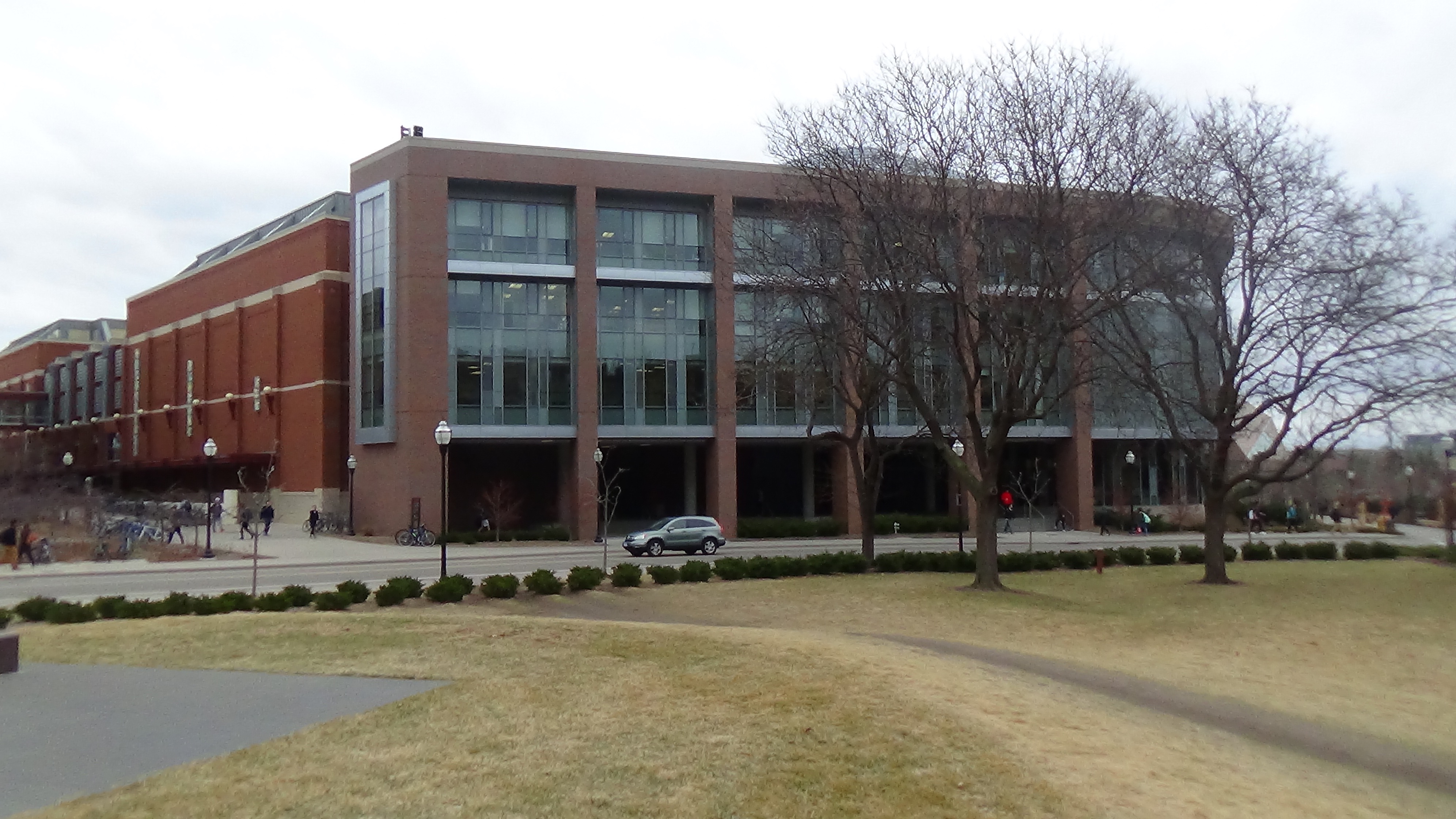Since 2005, students with disabilities have been able to participate in adaptive sports programs at the University of Minnesota’s Recreation and Wellness Center. Today they can compete with other students at the U in club sports that include basketball, rugby and tennis.
But efforts to push adaptive sports to the intercollegiate level, allowing competition with other colleges’ adaptive sport teams, have been slowed by lack of participation and funding challenges.
Big Ten teams such as Ohio State, Penn State, the University of Illinois, Michigan State and the University of Michigan all have intercollegiate adaptive sports teams that travel and compete for national championships at the NCAA adaptive level. These are teams that provide facilities for disabled athletes and training for Paralympic Games.
At the University of Minnesota, it’s hard to see how a student athlete with disability can participate in any adaptive sports, even the ones offered at the club level. The link on the Rec Center’s adaptive club sport page has not worked since last year, and participation of athletes has dropped 20 percent in the last two years.
That is due to a lack of effort on the part of the administrators. During the past decade, the Recreational Center, Office of Student Unions Affairs (SUA) and the Disability Resource Center have tried to form an intercollegiate league, according to University Recreation and Wellness associate department director for programs, research, and outreach, Tony Brown.
When the Rec Center began to offer wheelchair basketball on a club level in 2005, Brown said, the participation grew steadily 10 percent in 2006 to 25 percent in 2008.
“In an effort to generate interest we organized a demo basketball game at halftime during women’s Gophers basketball game,” he said. “The turnout was positive and people were interested in our idea.”
But when administrators tried to expand the wheelchair-based teams into other sports, such as hockey, tennis, and soccer, they ran into a resource problem that hindered further plans.
In 2009, both SUA and the Rec Center made a serious effort to raise money and enthusiasm for adaptive sports by creating an intercollegiate program, which they thought might attract big donors and create more interest than just club sports.
To launch the plan, they needed to raise $15,000 to cover the cost of equipment and space for athletes to compete, Brown said. The Rec Center partnered first with SUA and then with the Disability Resource Center before approaching the Office of Equity and Diversity to ask for support and additional funding.
According to Brown, the plan was rejected twice during the next two years because no donors came forward to contribute in helping with the expenses.
The intercollegiate league proposal was not possible because of factors such as reduced participation and insignificant funding, Anitra Cottledge, the Office of Equity and Diversity’s director of communications, said.
“What killed our chance of approval was the lack of funding,” Brown said. “No donor was willing to invest and that’s what it came down to.”
Without any significant funds to help aid intercollegiate sports, the plan of creating adaptive sports were dismissed.

